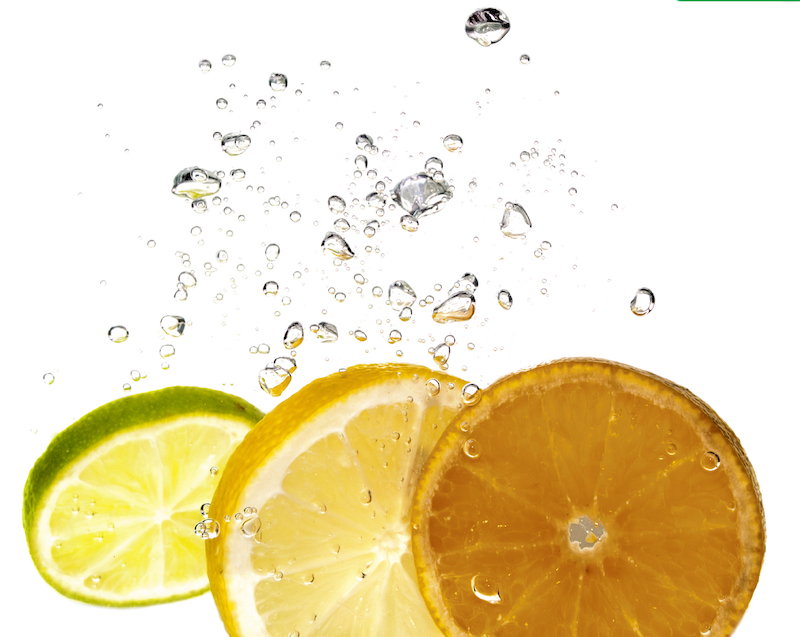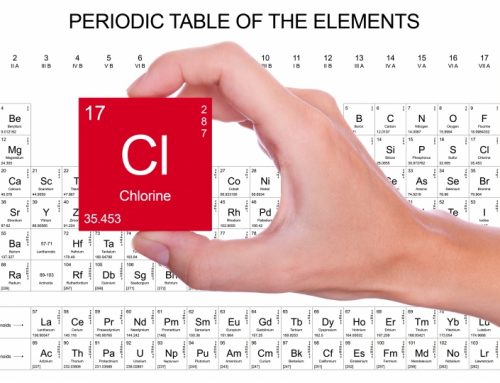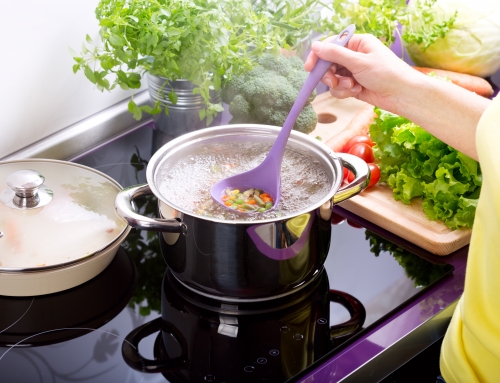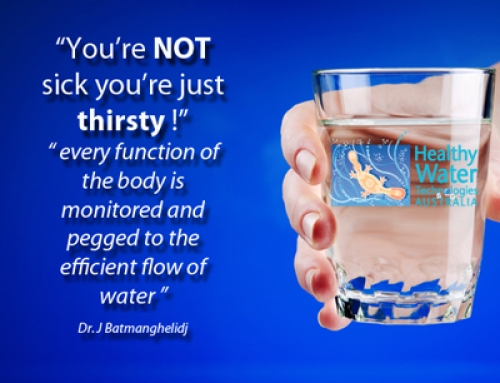10 Alkaline Foods to Include in your Daily Diet
Acid – you probably know the stuff from home cleaning. You wouldn’t expect to be eating it: but the modern diet is alarmingly high in acidity. Acid is a naturally occurring substance, but is corrosive in nature, and high levels of acidity in the body can affect the your ability to absorb essential minerals.
Our blood’s pH level is essentially determined by the foods that we consume on a day-to-day basis. The more acidic your diet, the higher the level of acidity in your blood; and the higher the acidity, the more poorly our body will perform. An acidic blood stream, or acidosis, presents itself in several ways:
- Difficulty resisting illness
- Increased chance of developing osteoporosis
- Imbalanced cortisone levels
- Kidney stones
- Lower growth hormones
- Increased body fat
- Reduction in muscle mass
Do you know someone who could be suffering from acidosis? Share this article with them!
You can combat acidosis by eating an alkaline diet. Your alkaline diet should consist of approximately 80 per cent of your meals should consist of alkaline, healthy foods. A study by the Journal of Environmental and Public Health published in 2012 suggested that a heavily alkaline diet could benefit your health.
You can determine the level of acidity in your food by paying attention to the PRAL score: Potential Renal Acid Load. A positive PRAL score means that the food is acidic. Acidic foods include grains, dairy, meat, poultry, and seafood. Foods with a negative PRAL score are alkaline and include most plant-based food products.
So what should you be eating? We’ve tossed together a veritable salad of our favourite alkaline foods: check them out below!
Herbs, according to research conducted by the U.S. Department of Agriculture, are one of the richest alkaline foods you can consume. Our favourites are parsley, basil, and dill. Freeze-dried parsley has a PRAL score of -108; basil a score of -85; and dried dill a score of -75. Fresh and dried herbs are one of your best bets for alkaline foods: never mind that a good dash of herby goodness makes any meal better!
Avocados, Bananas, Berries, Carrots, Celery, Currants, Dates and Garlic all have high levels of antioxidants and a low-negative PRAL score. In addition, these alkaline powerhouses chemically react with other acidic foods to elevate them to near-alkaline levels. Berries, dates, and garlic all have additional properties that assist in blood pressure regulation as well.
Apples, Apricots, and Alfalfa are all great for digestion, as they contain high levels of fibre and are highly alkaline foods. These clever plants are rich in enzymes that assist in maintaining the body’s hormonal balance.
Grapes, Passionfruit, Pears, Pineapple, Raisins, Umeboshi plum, and vegetable juices might all taste a little acidic, but are actually ideal for maintaining a good pH balance. These alkaline foods are high in antioxidants and Vitamins A, B, and C. Grapes, raisins, and plums are great for lowering blood pressure and the risk of heart disease. Pineapple is rich in L-Carnitine and packed with fat-burning properties. Vegetable juices are high in iron and dynamos for inducing cellular detoxification.
Chicory, Kiwifruit, and other fruit juices contain natural sugar that doesn’t form those nasty acidic compounds during digestion. Instead, these clever alkaline foods have alkaline-forming properties that are essential for giving your body energy. This group sits at a comfortable alkaline level, and is rich in antioxidants. Our fuzzy friend the kiwifruit has a higher level of vitamin C than oranges; and chicory, a leafy, bitter cousin to lettuce, has insulin to support your pancreas and assist in the prevention of diabetes.
Watercress, Seaweeds, and Asparagus don’t sound as palatable as all of those sweet fruits, but are all natural super foods in their own right. Did you know that watercress is said to be the first leafy vegetable eaten by humans? We’re no longer living in caves, but we still include this green-machine in salads to assist in maintaining our natural iron and calcium levels. Seaweed isn’t just for decorating the ocean floor: like watercress, it is high in iron, calcium, and alkalinity. Aspargus is delicious when roasted, poached, or raw, and contains amino acids integral to the function of the nervous system.
Limes, Mango, Melons, and Papaya pack a punch in fruit salads, as well as being the best group for cleansing your kidneys. Papaya is a healthy natural laxative and is ideal for colon cleansing. Limes, mangoes, and melons, our favourite summer fruits, are vitamin-rich, alkaline foods that are alkaline-forming during digestion.
Rockmelon and Capsicum have the most reactive alkaline properties on our list. These guys are alkaline foods that are high in enzymes needed by the endocrine system. Capsicum contains anti-bacterial properties and is high in Vitamin A, which is essential for fighting stress and illness. The rockmelon is a fantastic source of fibre and low in natural sugar.
You may not have heard of Agar Agar. This seaweed-derived gelatin substitute is high in iron and calcium. It also contains one of the highest fibre contents of this list, and is extremely digestible.
Watermelon has an extremely high alkaline score, meaning it is ideal for maintaining your body’s alkalinity. With its high fibre and water content, this alkaline food is a mild diuretic and an essential source of beta-carotene, lycopene, and vitamin C. This hydration powerhouse is ideal for energy-support when colon-cleansing.
Lemons are notoriously acidic, but also contain electrolytic properties and a high pH score, meaning they are actually one of the top alkaline foods on this list! This sour citrus fruit is potent with cold-relieving properties and ideal for treating heartburn, hyper acidity, and viruses. Lemons are a natural antiseptic and can be used for treating wounds. In addition, there’s nothing like a lemon to detoxify and energise your liver!
Want to know more about your body’s pH levels? Check out our Learn More resource section for more information!






